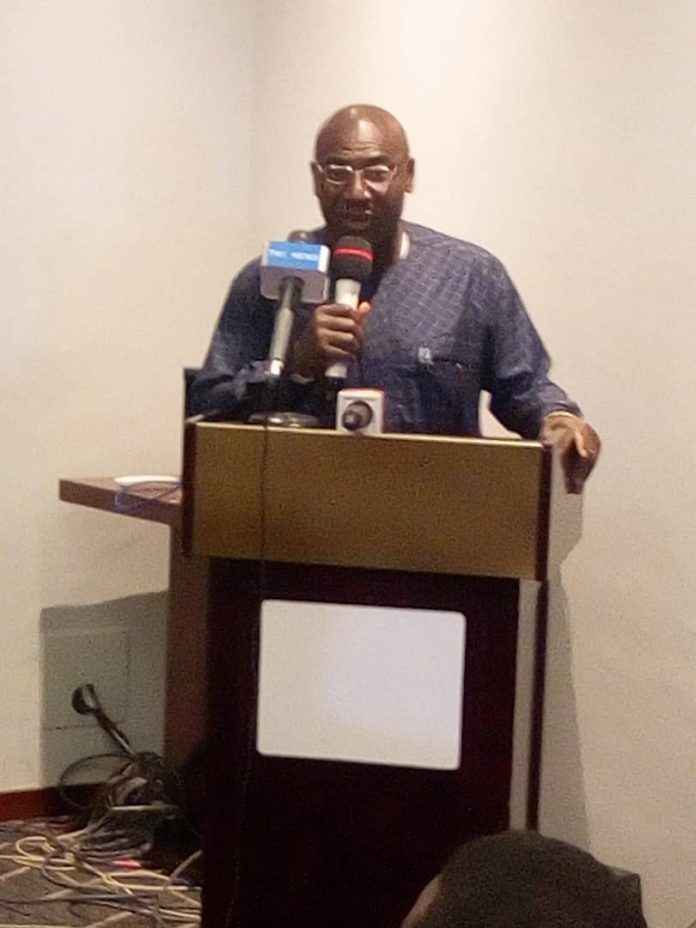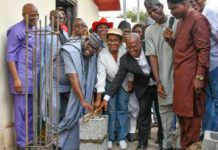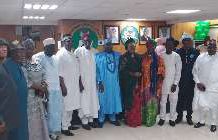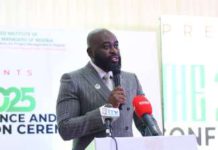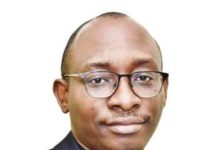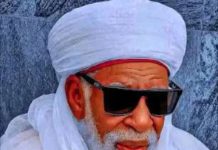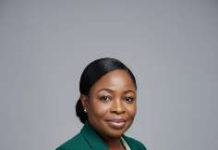By: Joy Of or/Abuja
The International Press Centre (IPC) has said that the evidence collected in the six month period between April and September, 2019 showed that there have been twenty seven (27) cases of attacks on journalists with sixteen (16) of the affected being print journalists; ten (10) broadcast and one (1) online.
The Executive Director of IPC, Mr. Lanre Arogundad disclosed this in his welcome remark at the public forum on ‘State of Media and Citizens Freedom in Nigeria, Jan. 25, 2020 in Lagos on behalf of the conveners and the coordinating organisations – Falana & Falana Chambers, Nigerian Guild of Editors, Nigeria Union of Journalists, Lagos State, Coalition for Whistle Blowers and Press Freedom, EIE, WARDC, Institute for Media and Society, Media Rights Agenda, International Press Centre, WSCIJ, HEDA Resource Center, SERAP, PIN, Media Career Development Network, Network for Media Excellence – I warmly welcome you all to this public forum on the state of media freedom and citizens rights in Nigeria.
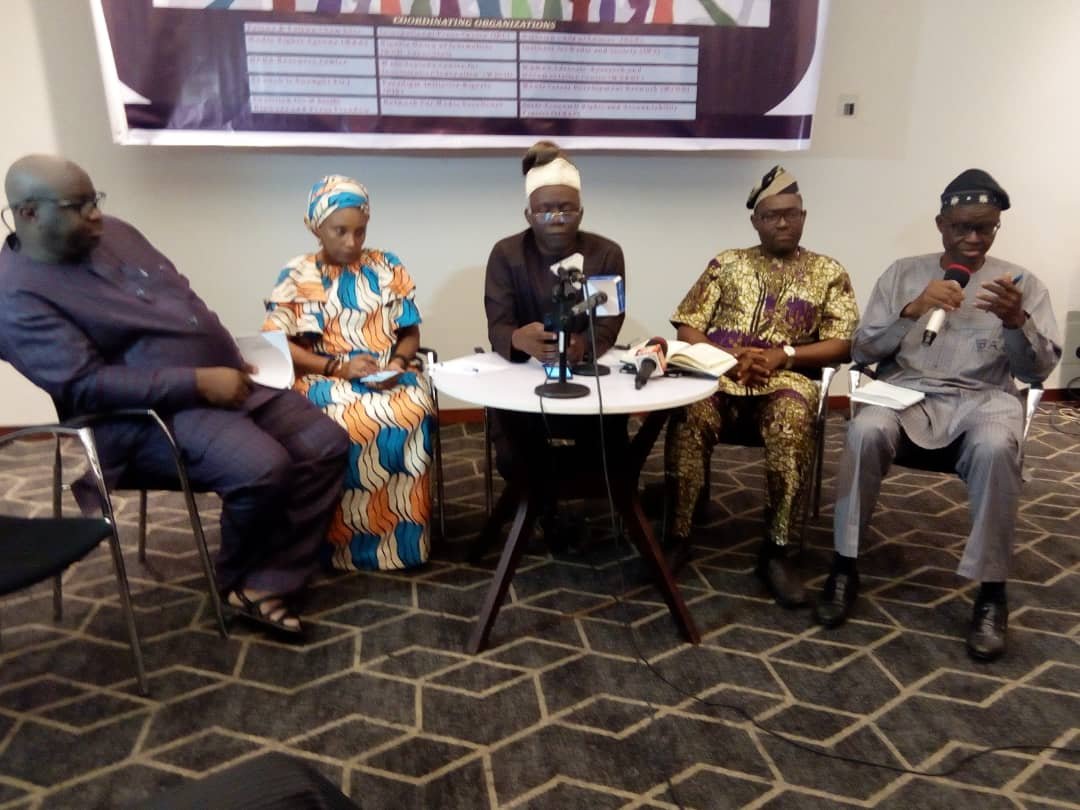
According to him, in terms of gender, twenty three (23) were male journalists and four (4) female.
He noted that the attacks also had regional spread. Eight (8) of the attacks took place in the North West, three (3) took place in the North Central, five (5) took place in the South West, three (3) took place in the South East and nine (9) took place in the South South.
Mr Arogundad was of the opinion that the forum represents a collective reawakening to the dangers posed to democratic development and consolidation by what it now popularly refer to as the shrinking civic space.
The IPC Executive Director lamented that as a matter of fact, based on the evidence, the civic space has probably shrunk deeper, and may actually be fast collapsing, amidst the growing tendency to criminalise dissent, criticism and efforts to hold elected leaders accountable.
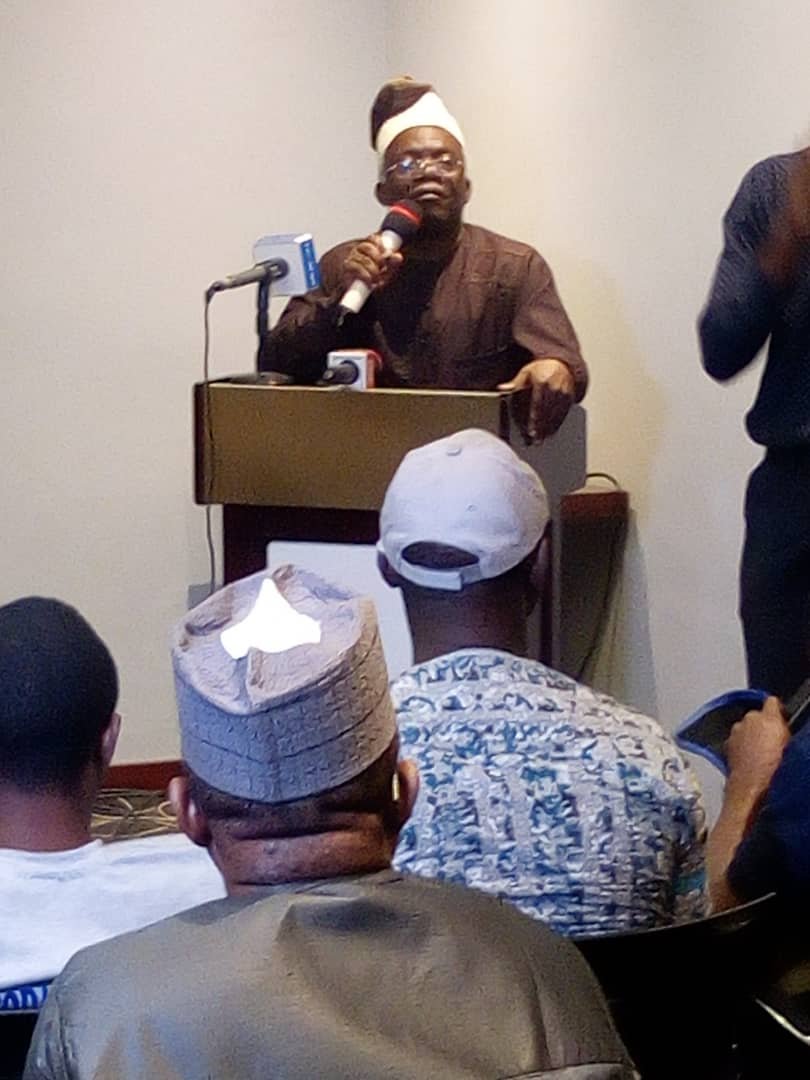
“For example, at the level of journalists, the International Press Centre in the six month period between April and September, 2019 documented twenty seven (27) cases of attacks on journalists with sixteen (16) of the affected being print journalists; ten (10) broadcast and one (1) online. In terms of gender, twenty three (23) were male journalists and four (4) female.
“The attacks also had regional spread. Eight (8) of the attacks took place in the North West, three (3) took place in the North Central, five (5) took place in the South West, three (3) took place in the South East and nine (9) took place in the South South.
“Meanwhile, the nature of the attacks included physical assault, harassment, brutalization, armed robbery, threat to life, unlawful arrest and detention, which resulted in body injuries like bruises, fracture and public humiliation.
“The persons/groups allegedly responsible for the attacks were LASTMA, Nigerian Police, Department of State Security Services, Armed robbers, Islamic movement of Nigeria, Soldiers, Nigerian Customs Service.
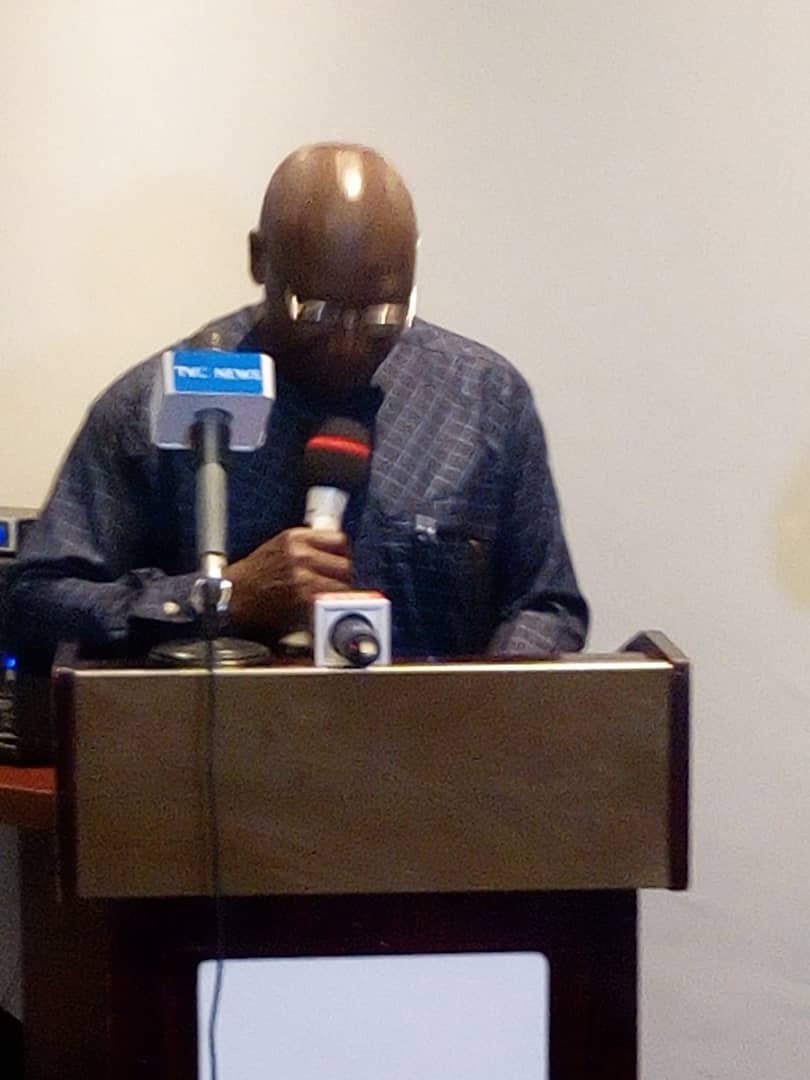
“Ladies and gentlemen, Amnesty International, Media Rights Agenda and Social Economic Rights Accountability Project have similarly released reports that capture various acts of violations of citizens’ rights, including the media and journalists in wider scope within the past year.
“We are certain that many other Nigerians are being made to suffer for exercising their right to free speech beyond notable cases like that of Agba Jalingo, who by the way is spending over 140 days in detention merely for asking for explanation from Governor Ayade of Cross River State on how tax payers money is being spent. Power game has since played out and the accuser is now the accused.
“Today, our array of eminent speakers and panelists, will speak further to the issue at hand. So also, our eminent guests.
“Our expectation is that at the end of it all, we will come up with resolutions and action points that should make clear our collective resolve to check the abuse of citizens, media and journalists rights by all means LEGITIMATELY, LEGALLY AND CONSTITUIONALLY possible.

